The RIBA has produced another muted Stirling shortlist, writes BD’s underwhelmed architecture critic

Once again, this year’s Stirling Prize shortlist is a strangely underwhelming one. It’s perhaps not quite as disappointing as 2015’s line-up where AHMM’s reactionary Burntwood School was able to beat off limp opposition from the likes of Heneghan Peng’s Greenwich University building and RSHP’s inexplicably included Neo Bankside. But this year’s run-down still makes for an oddly pallid affair, as remarkable for what it does include as for what it doesn’t.
No nods, for instance, for Herzog & de Meuron’s Tate Modern extension or, less controversially, John Pawson, Allies and Morrison and OMA’s new Design Museum. Yet RSHP’s extension to the British Museum, which opened three years ago, is included. As is Reiach & Hall and Michael Laird’s muted repackaging of their City of Glasgow College Riverside campus on to a new site.
Culture makes a strong showing this year, taking half of the six finalist slots, an accolade garnered by the education sector last year and the strongest performance for the arts sector since the 2011 shortlist. The other three finalists go to housing, education and workplace categories, the last of which marks the first inclusion of a commercial scheme (albeit a private one) since Renzo Piano’s Shard was nominated in 2014.
Emerging serial Stirling favourites Reiach & Hall get their third nod in as many years with the City Campus of their Glasgow City of Glasgow College project, designed with Michael Laird Architects. This was last recognised when its sister project, the Riverside Campus, was nominated last year. But other than for the purposes of consistency, it is difficult to see why this latest work should be so duly rewarded. While the inventive use of colonnades and the genuine commitment to regeneration so embellished the Riverside Campus, the City campus, while impressive in scale, presents a dour set of elevations that often appear to be a lazy regurgitation of their riverside twin.
Even more baffling is the inclusion of RSHP’s 2014-completed British Museum World Conservation and Exhibitions Centre. While few would doubt the engineering prowess of its vast subterranean spaces, this is precisely the sort of heritage site where RSHP’s contextual shortcomings, expressed here in an anodyne awkwardness that is so painfully ill at ease with its historic surroundings, are savagely exposed.
But maximum public perplexity is guaranteed to be triggered by 6a Architects’ photography studio for Juergen Teller. Doubtless this sullen concrete bunker with its militarised street façade and cell-like interiors would look great on a magazine spread. But as an exercise in urban context and human intimacy it seems coldly vacant. Which might be fine for a photography studio. Or even for said magazine spread. But not, one would suspect, for a public celebration of architecture.
Thankfully things improve with the three smaller nominees. dRMM’s Hastings Pier is a heroic reworking of the burnt-out attraction, virtually destroyed by fire in 2010. Its replacement offers a subtle and imaginative reworking of Victorian and contemporary values, replacing the bombastic end-of-pier attractions of the 19th century with a finely crafted open deck that encourages immersion in the seascape and quiet contemplation.
Equally, Baynes and Mitchell Architects’ Command of the Oceans at Chatham Historic Dockyard is a sensitive interweaving of new and old that unlocks the potential of formerly disused historic buildings and references their character with an imaginative set of playful new interventions.
But it is arguably Groupwork and Amin Taha’s Barrett’s Grove that is the best of a timid bunch. With its pitched roof striding high above its Stoke Newington streetscape and its wicker (yes!) balconies projecting proudly from its narrow brick frontage, this enigmatic homestead touches on that star quality of exhilaration and wonder that is the core human expectation of great architecture. Sadly it is a commodity in short supply in this year’s sterile shortlist.



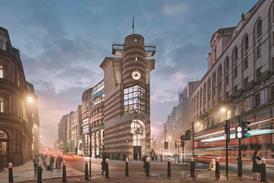





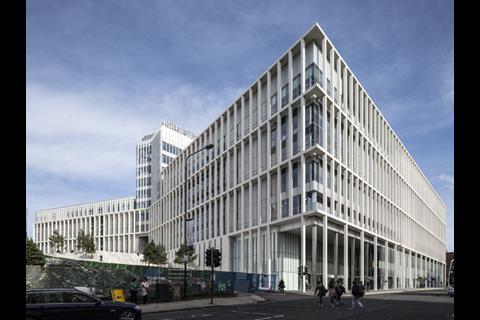
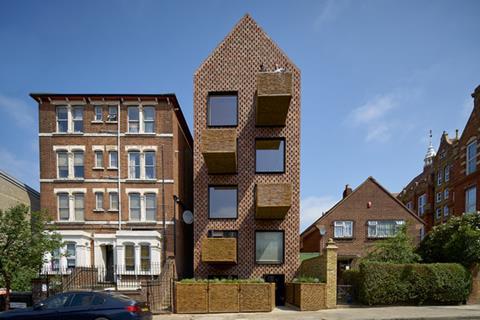
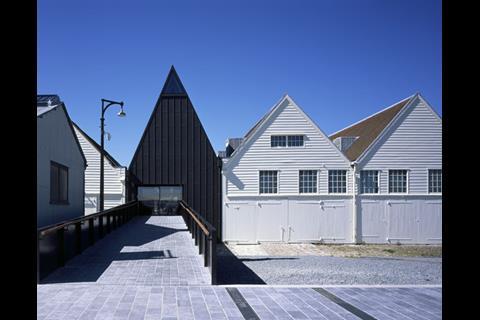
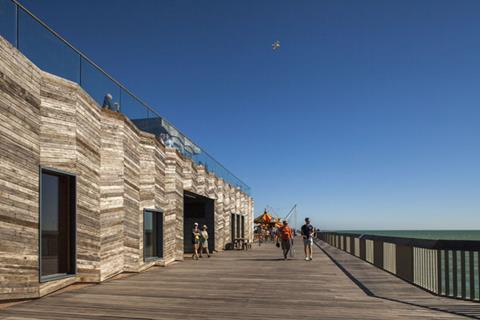
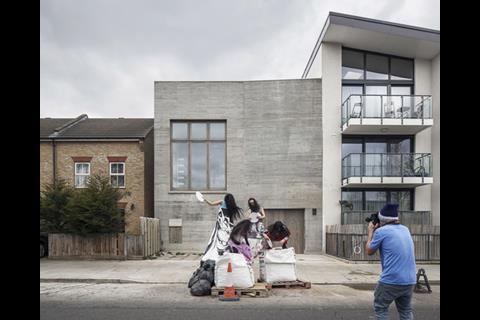








4 Readers' comments